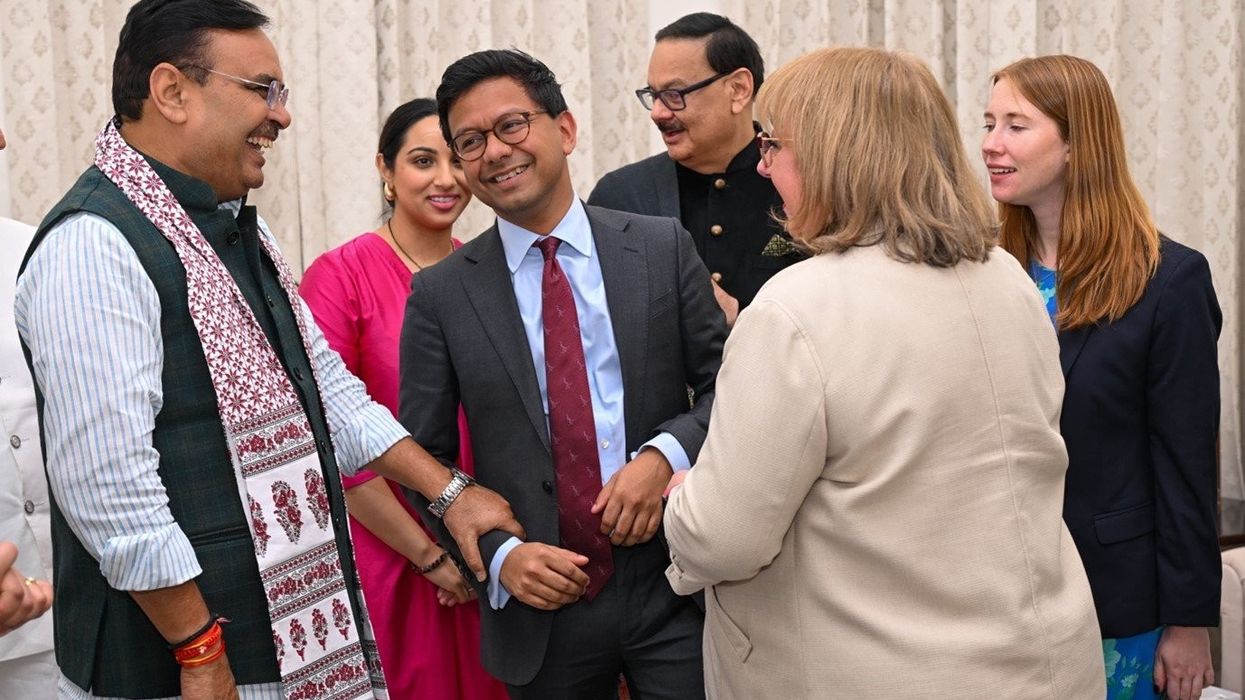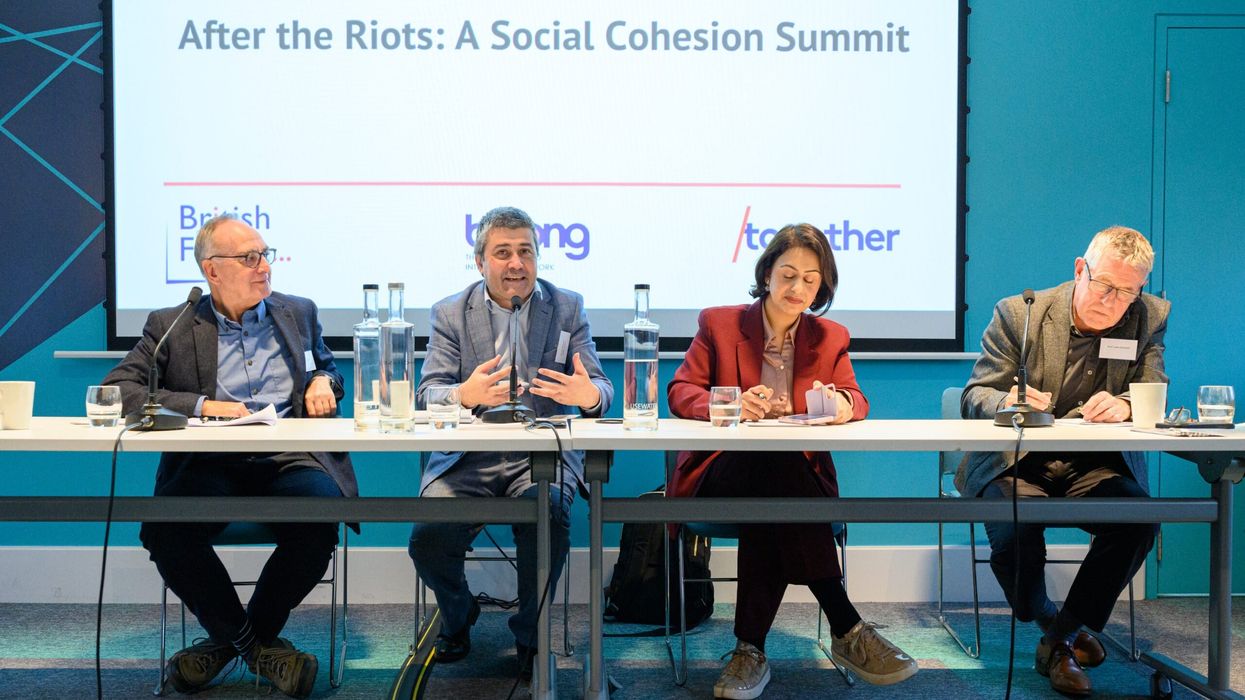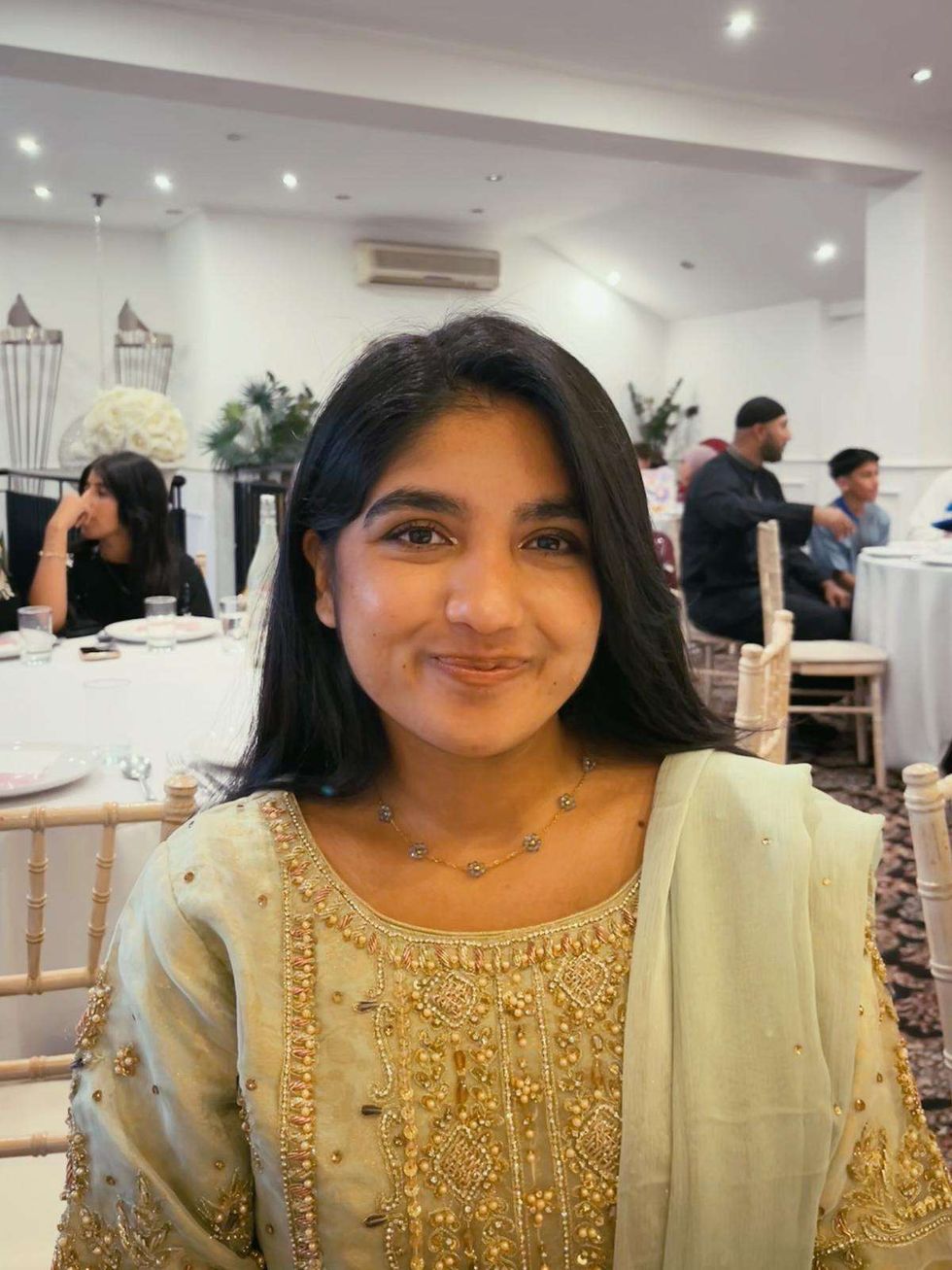THE NHS has launched a video campaign featuring three young sufferers of long Covid to encourage others to get vaccinated.
The three people, all aged between 23 and 31, have shared the debilitating impact that the condition has had on their lives.
One participant admitted that he had delayed getting his jab and “ended up being hospitalised and thought I was going to die”.
Another said she still “can’t even walk around the shops without getting exhausted”, eight months after contracting Covid.
The video’s message should be a sobering glimpse into the true devastation that Covid-19 can cause.
According to the NHS, people aged between 20-24 have the highest Covid-19 infection rate in England.
The latest figures show that people aged 18 to 34 now make up more than a fifth of those admitted to hospital with the virus, and most of those are unvaccinated.
However, those who have had both their jabs are 92 per cent less likely to be hospitalised.
Therefore, it is vital that we all ensure we engage with the vaccination programme and get our jabs as soon as we can.
The virus can affect everyone – even young, healthy, fit people who may believe they are the least likely to be affected by the disease.
Although lockdown regulations have eased and the fear of catching the virus may not be as much at the forefront of our minds as it once was, we cannot be ignorant to the damage Covid-19 may cause.
The coronavirus does not discriminate, and we should all be vigilant to protect ourselves against it. Getting the vaccine is undoubtedly the best way to do that.





 Mareyah Bhatti , a sustainability strategist and passionate home cookMareyah Bhatti
Mareyah Bhatti , a sustainability strategist and passionate home cookMareyah Bhatti






Editor's comment: Virus protection